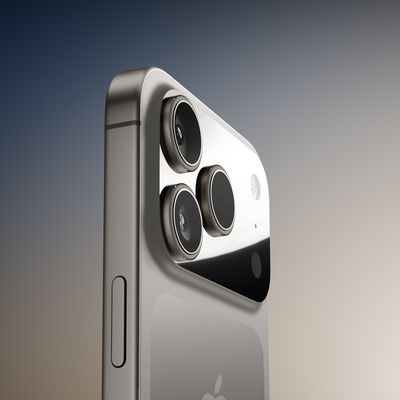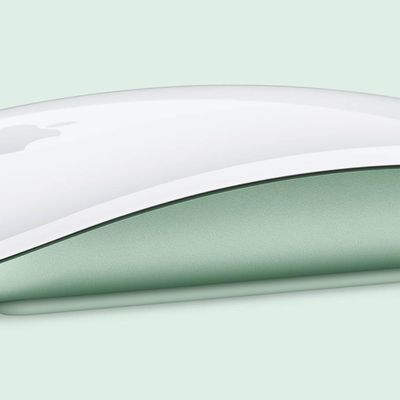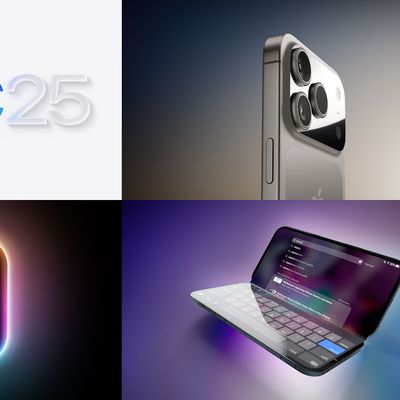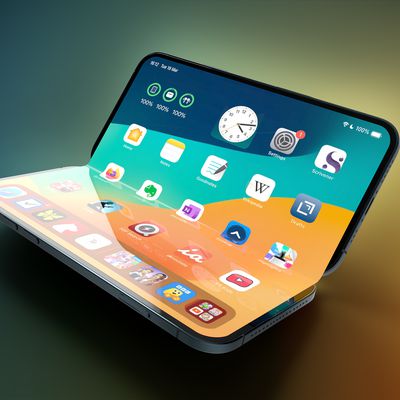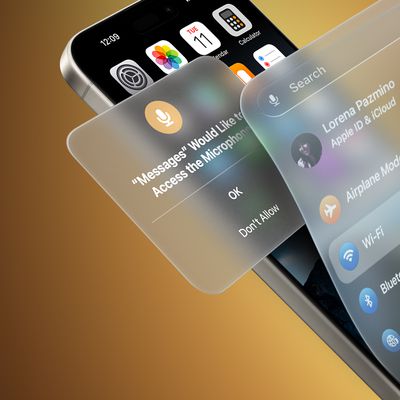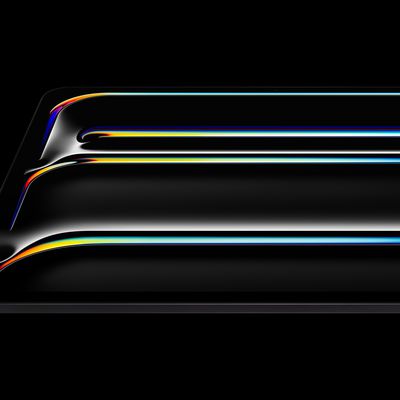In-Cell Touch Technology Could Help Apple Reduce Next iPhone's Thickness by 15%
Following last week's rumor that Apple is looking to adopt thinner in-cell touch technology for the display of the next-generation iPhone, analyst Ming-Chi Kuo, who recently took on a new position with KGI Securities, has issued a report looking at how that change could help Apple reduce the thickness of the iPhone from the current 9.3 mm of the iPhone 4S to under 8 mm. The move would help Apple to compete against its Android-based challengers, which have continued to see reductions in their thickness over time.
Since Apple’s smartphone competitors have generally slimmed down their high-end offerings to 7-8mm, Apple needs to make a leap forward from 4S’ 9.3mm thickness. We believe Apple will aim at 8mm or below (at least 1.4mm slimmer) for iPhone 5, in a bid to ensure brisk sales through 2014, while peers will also continue to introduce increasingly slim models next year.
As such, all iPhone 4S components that account for thickness must be slimmer, specifically, touch panel, battery and casing. Moreover, a marginal amount of space is required between the three parts for the sakes of assembly tolerance and thermal expansion of components.
Kuo calculates that shifting to in-cell touch technology in the next iPhone will yield Apple just shy of 0.5 mm in terms of a reduction in thickness. Kuo envisions a similar reduction coming from the battery, which he predicts Apple will be able to broaden somewhat inside the casing, allowing for a roughly 10% reduction in battery thickness.
A final 0.5 mm reduction in thickness could come from the use of a metal back case, which could come in at half the thickness of the glass back used in the current iPhone. Altogether, Apple could shave 1.4 mm from the iPhone's thickness to bring the next-generation model in at just 7.9 mm thick.
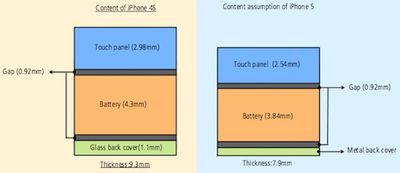
In yet another argument for the adoption of in-cell touch technology for the display in the next-generation iPhone, Kuo notes that display production would be greatly simplified, with fewer steps in the manufacturing process and fewer vendors being involved resulting in an estimated reduction in production time from 12-16 days to just 3-5 days.
While the initial yield on in-cell touch displays is currently lower than for glass-on-glass manufacturing techniques such as those used for the iPhone 4S, that deficiency can be compensated for by re-bonding in-cell panels and cover glass units with the optically clear resin (OCR) used in the bonding process. The optically clear adhesive (OCA) used in the current manufacturing process can not be re-bonded if the initial bonding fails.
Popular Stories
While the iPhone 17 Pro and iPhone 17 Pro Max are not expected to launch until September, there are already plenty of rumors about the devices.
Below, we recap key changes rumored for the iPhone 17 Pro models as of March 2025:
Aluminum frame: iPhone 17 Pro models are rumored to have an aluminum frame, whereas the iPhone 15 Pro and iPhone 16 Pro models have a titanium frame, and the iPhone ...
Apple is reportedly working on a new Magic Mouse. Below, we recap what to expect.
The two key rumors for the Magic Mouse 3 so far include a relocated charging port, along with a more ergonomic design.
It was briefly rumored that the Magic Mouse 3 would also feature voice control, but that was misinterpreted information.
Relocated Charging Port
While the Magic Mouse switched from...
Apple today released iOS 18.4 and iPadOS 18.4, the fourth major updates to the iOS 18 and iPadOS 18 operating system updates that came out last year. iOS 18.4 and iPadOS 18.4 come two months after Apple released iOS 18.3 and iPadOS 18.3.
Subscribe to the MacRumors YouTube channel for more videos.
The new software can be downloaded on eligible iPhones and iPads over-the-air by going to...
Apple's big developer event is a little over two months away, and rumors about what we can expect to see in Apple's next major operating system updates are becoming increasingly frequent.
A public release of iOS 18.4 is also imminent with a number of updates and improvements, although we won't be getting the major Apple Intelligence Siri upgrades that had reportedly been planned for this...
With the second release candidate of iOS 18.4 that Apple seeded out today, the company finally provided us with release notes that give a full rundown on what to expect.
There's an Apple Vision Pro app, new Apple Intelligence features for notifications and additional language support, plus an Apple News Food feature for Apple News+ subscribers, and several updates that should improve the...
We've been hearing rumors about a foldable iPhone for almost a decade now, but it looks like we might finally see the device come to fruition in 2026. We're going to be waiting many more months for the foldable iPhone, but so far we're hearing good things.
Apple wants to make it creaseless. It's taken Apple multiple years to design a foldable iPhone that it's satisfied with because Apple ...
Multiple sources have claimed that iOS 19 will introduce a new design with more translucent buttons, menus, notification banners, and more, and there is now another clue that points towards this glass-like appearance.
Bloomberg's Mark Gurman today said the new design project is codenamed "Solarium" internally. A solarium is a room with glass walls that allow in plenty of sunlight, so this...
Apple's next-generation iPad Pro models with the M5 chip will "launch this year," according to Bloomberg's Mark Gurman.
In his Power On newsletter today, Gurman said the new iPad Pro models have progressed to an "advanced testing" stage, and he expects mass production of the devices to begin in the second half of this year. If that timeframe is met, the new iPad Pro models could launch...
Apple today released macOS Sequoia 15.4, the fourth major update to the macOS Sequoia operating system that launched in September. macOS Sequoia 15.4 comes two months after the launch of macOS Sequoia 15.3.
Mac users can download the macOS Sequoia update through the Software Update section of System Settings. It is available for free on all Macs able to run macOS 15.
With...



